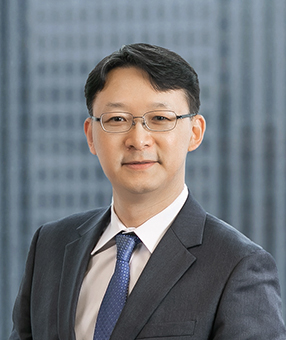The Korean Intellectual Property Office (KIPO) published its Examination Guidelines for 3D printing inventions on March 17, 2022. The Examination Guidelines for 3D printing inventions are focused on providing clear standards to determine whether two or more prior art references could be easily combined to decide lack of inventiveness for 3D printing inventions.
Traditionally, KIPO examiners typically combined two or more prior art references to find lack of inventiveness even if references were related to different processes for depositing layers for 3D printing or there was no specific motivation to combine two or more prior art references. Industries and patent practitioners in Korea have raised issues or concerns on the above practice of combining two or more references.
The Examination Guidelines for 3D printing inventions first categorizes the types of processes for depositing a plurality of layers for 3D printing into the following six (6) categories:
- Material Extrusion (ME)
- Photo-Polymerization (PP)
- Material Jetting (MJ)
- Binder Jetting (BJ)
- Powder Bed Fusion (PBF)
- Directed Energy Deposition (DED)
Based on the above categorization, the Examination Guidelines provide the following standards of inventiveness for 3D printing inventions:
- If claimed inventions are substantively different from the combination of two or more prior art references, inventiveness can be acknowledged.
- If claimed inventions are substantively identical to the combination of two or more prior art references, and (1) if the prior art references fall in the same deposition category, inventiveness can be denied; or (2) if the prior art references do not fall in the same deposition category but there is a motivation to easily overcome the differences in the deposition categories, inventiveness can be denied.
- However, if the prior art references do not fall in the same deposition category and there is no motivation to easily overcome the differences between the deposition categories, inventiveness can be acknowledged.
Regarding item (2) above, the Examination Guidelines present examples indicating that if the purpose of the inventions of the prior art references are identical to the claimed inventions, inventiveness can be denied even if the prior art references fall in a different deposition category. In the meanwhile, the Examination Guidelines also present examples indicating that if prior art references do not disclose any motivation to combine the references or if the claimed feature is related to the technical differences of the specific deposition category of prior art references, inventiveness can be acknowledged.
Under the above guidelines, we expect applicants and practitioners can benefit from the clear standards of inventiveness which are likely to lead to an increase in allowance rates for 3D printing related inventions.
Related Topics






